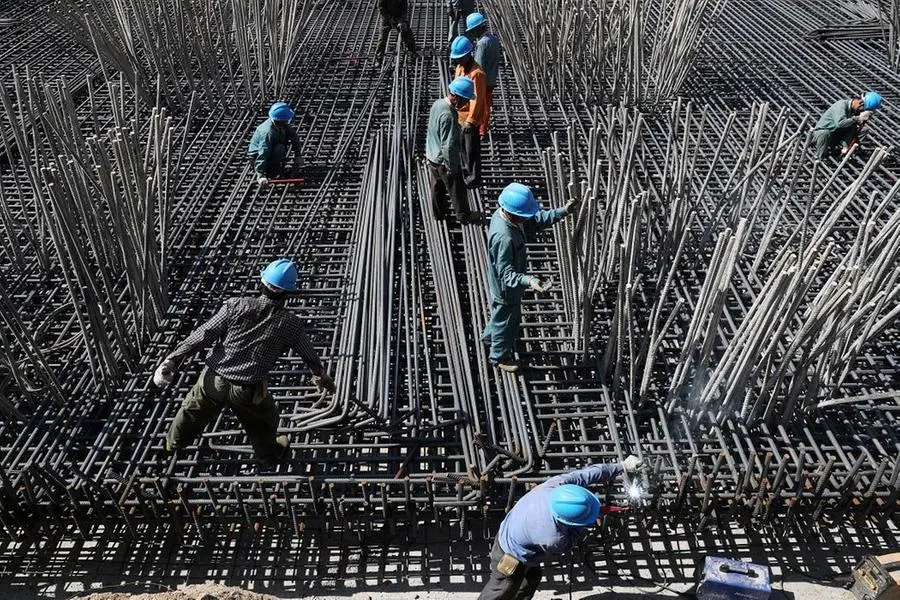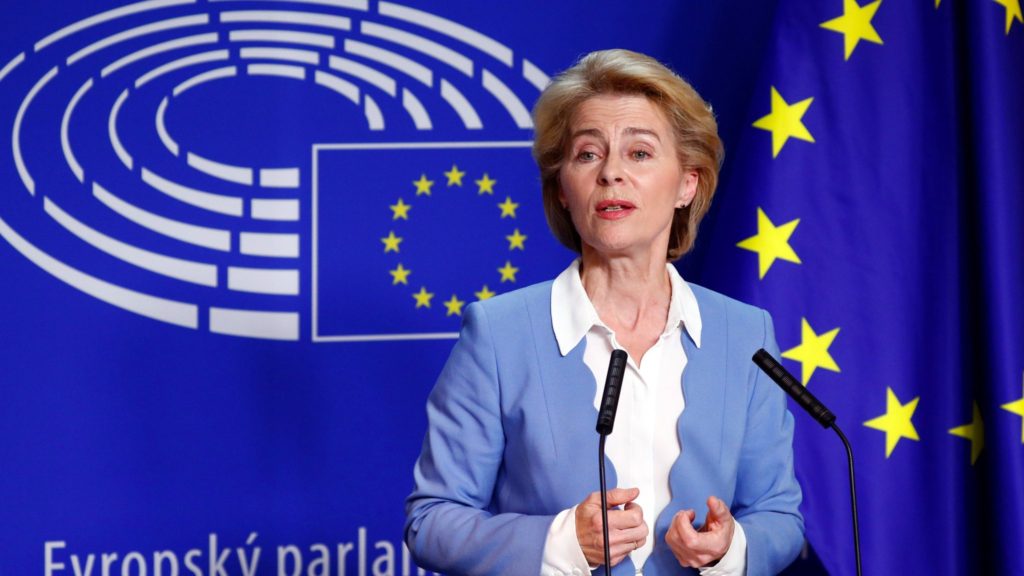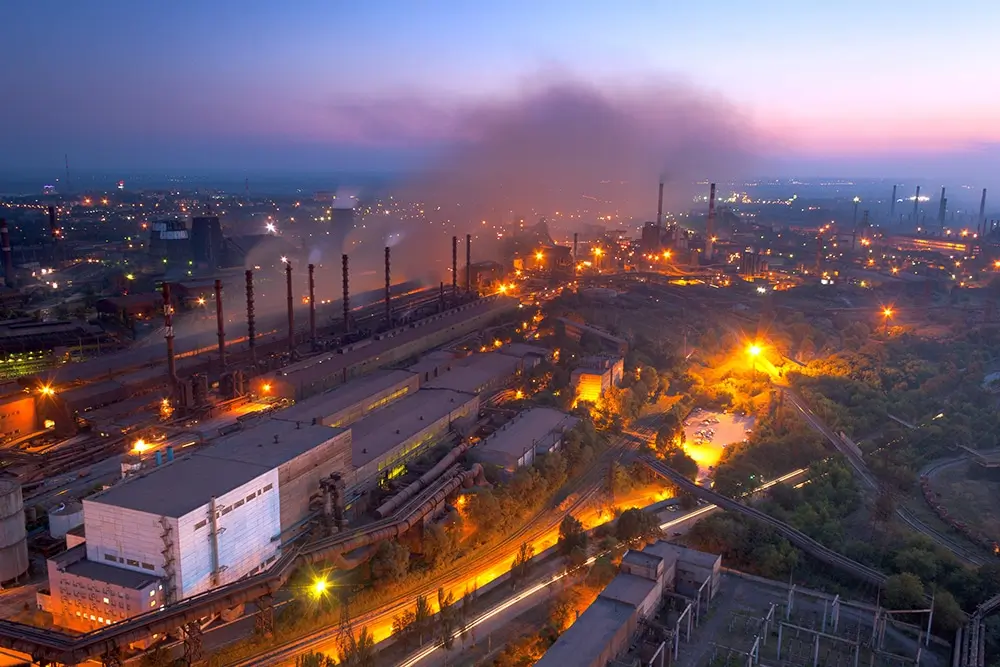
- High steel imports, weak exports weigh on prices
- Prime hard coking coal prices drop around 15% y-o-y
- Prices of semis, metallics edge down sharply
Morning Brief: Indian steel prices in the just-concluded financial year 2023-24 (FY’24) contracted in comparison with FY’23 due to an assortment of factors including, but not limited to, a weak external environment amid global inflation and monetary tightening , higher imports and pressure on export volumes, as well as the late correction in coking coal prices.
Domestic steel consumption edged up at an average of 13-15% during most of FY’24 – the highest after the global financial crisis post 2008 – on the back of pre-election year infra spending by the government. What’s more, even domestic iron ore prices remained firm. However, steel prices still remained largely subdued on a y-o-y basis, which goes to show the inter-connectedness of global steel markets and prices, as well as global sentiments weighing on domestic prices.
As per BigMint assessment, domestic benchmark HRC prices dropped 7% on the year in FY’24, while rebar – produced from both the BF and IF routes – dropped 10-11%. Semi-finished steel prices, too, fell sharply, with BigMint’s billet index, which tracks the key Raipur market, declining steeply by 12% y-o-y.
Factors impacting steel prices:
- Indian steel prices remained under pressure on higher imports, range-bound exports and increased production. Indian steel imports totalled 7.2 million tonnes (mnt) in April-February’24 vs 5 mnt in the corresponding period of last year. Cost-effective landed imports owing to fall in global prices weighed on domestic offers. Regulatory push in terms of compulsory BIS licence may rein in imports.
Exports of steel products are set to touch a level of 9 mnt in FY’24 compared with 8.7 mnt in FY’23 – an increase of over 3% on the year. Comparatively weak exports growth amid a subdued external environment weighs on prices even as domestic steelmaking capacity keeps increasing.
- Data show that premium hard Australian coking coal prices have corrected around 14% y-o-y in FY’24. Prices have remained elevated throughout the latter half the last fiscal due to weather-related supply tightness. Coking coal comprises on average around 45% of hot metal production costs of integrated steel producers. The decline in coking coal prices has pulled the rug from under steel prices.
- Decline in global scrap prices owing to the macroeconomic scenario in Turkiye weighed on imported scrap prices, which did not allow domestic scrap prices to rise. Similarly, prices of sponge iron fell, a key feedstock in secondary sector steel manufacturing, by around 14-15% y-o-y. Prices remained under a lot of pressure as imported South African coal, used in the DRI sector, slid around 40% y-o-y.
- In contrast to the overall steel scenario, domestic iron ore prices remained firm. Removal of export duty in November 2022 pushed exports of pellets and iron ore higher, which in turn supported domestic prices. Iron ore exports increased to over 33 mnt during April-February’24. High-grade ore availability is tight in Odisha, and logistics issues and fall in inventories have led to shortage. However, captive producers are largely insulated from these trends.
FY’25 outlook
Domestic steel consumption is expected to moderate to 7-8% in FY’25. Indian steelmakers remain on tenterhooks with Chinese steel exports reaching over 90 mnt in 2023, and rising by over 30% y-o-y in the first two months of CY’24.
With higher domestic supplies coming onstream, especially in the BF-BOF segment, it is expected that domestic steel prices might continue to be under pressure if the external global macroeconomic environment remains subdued.
Source: BigMint








